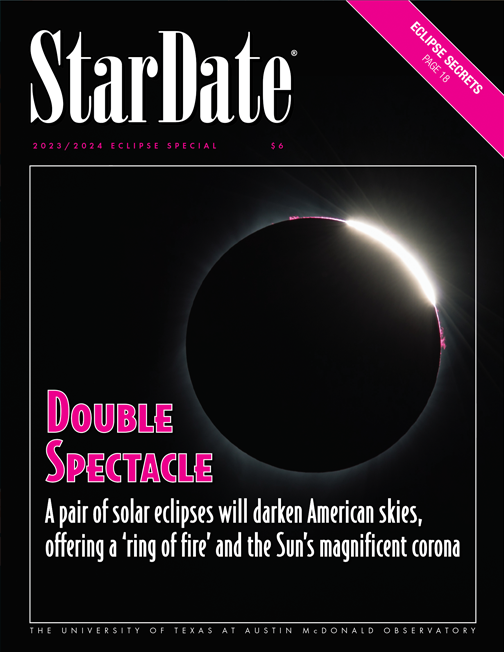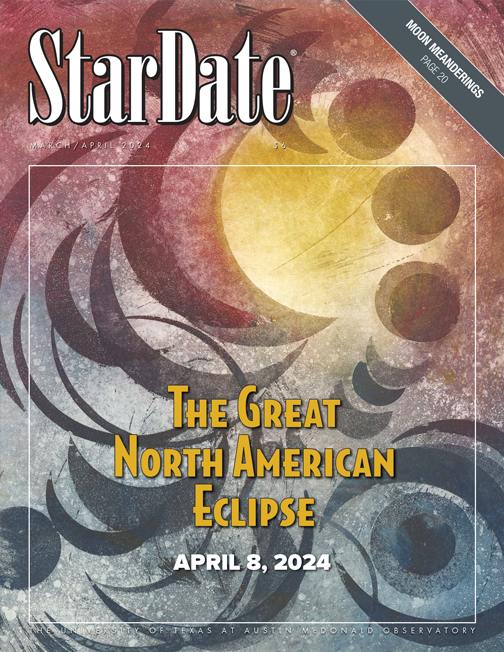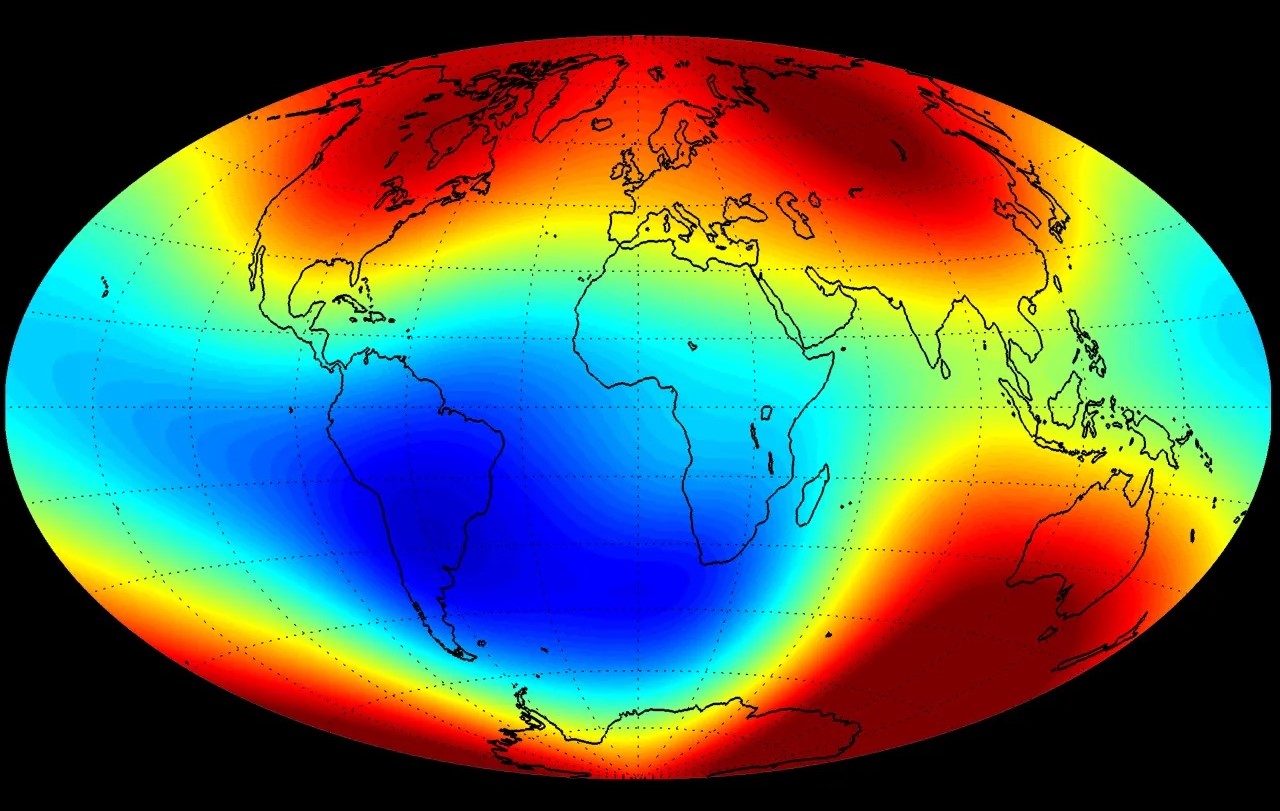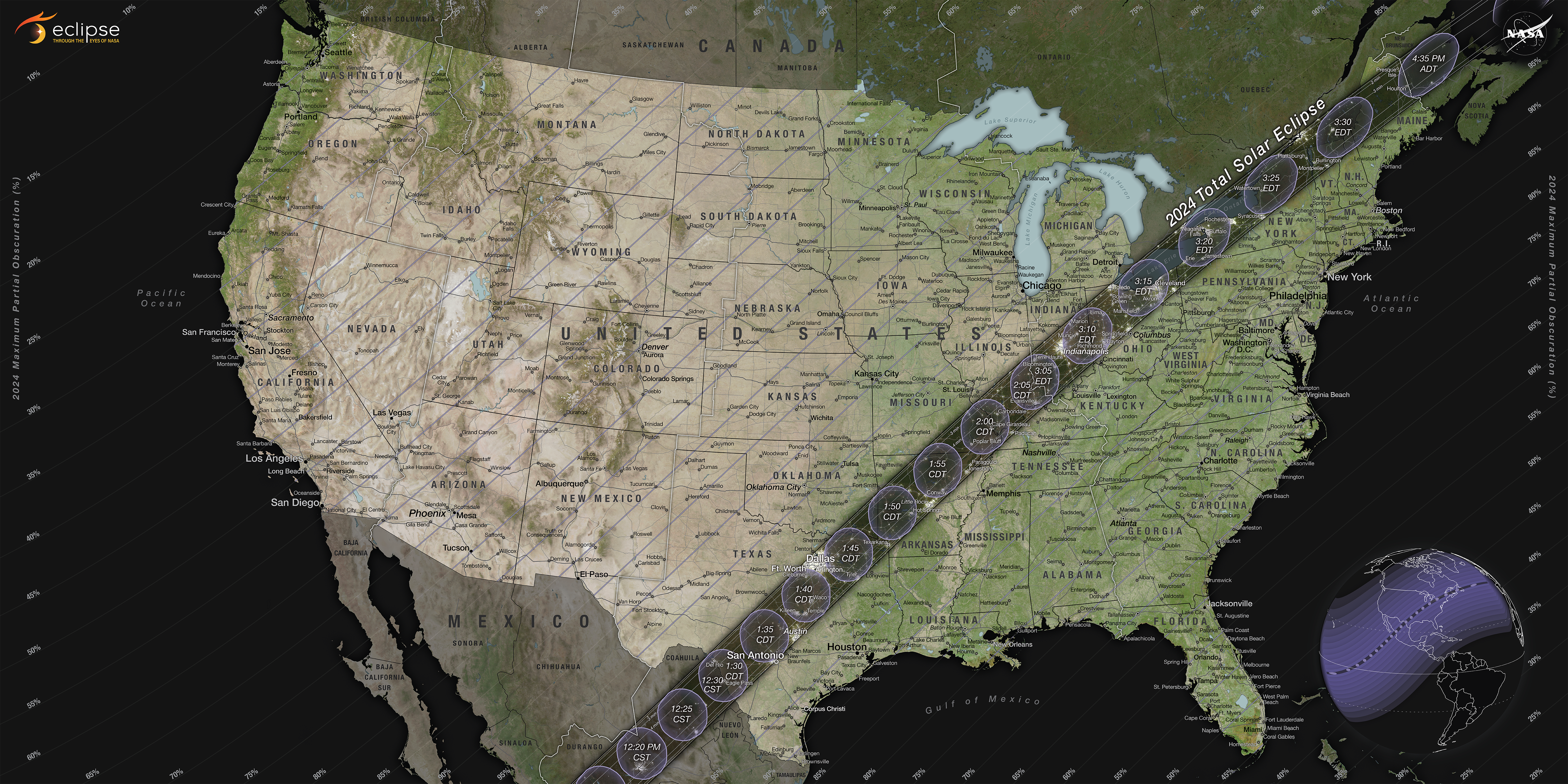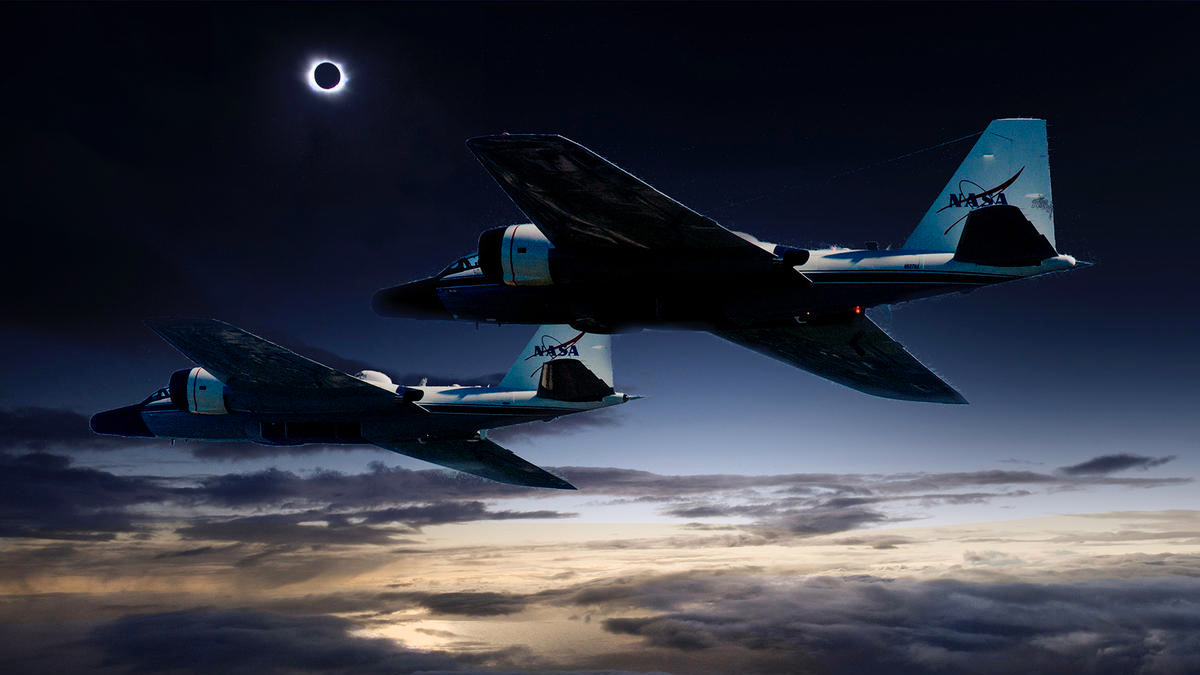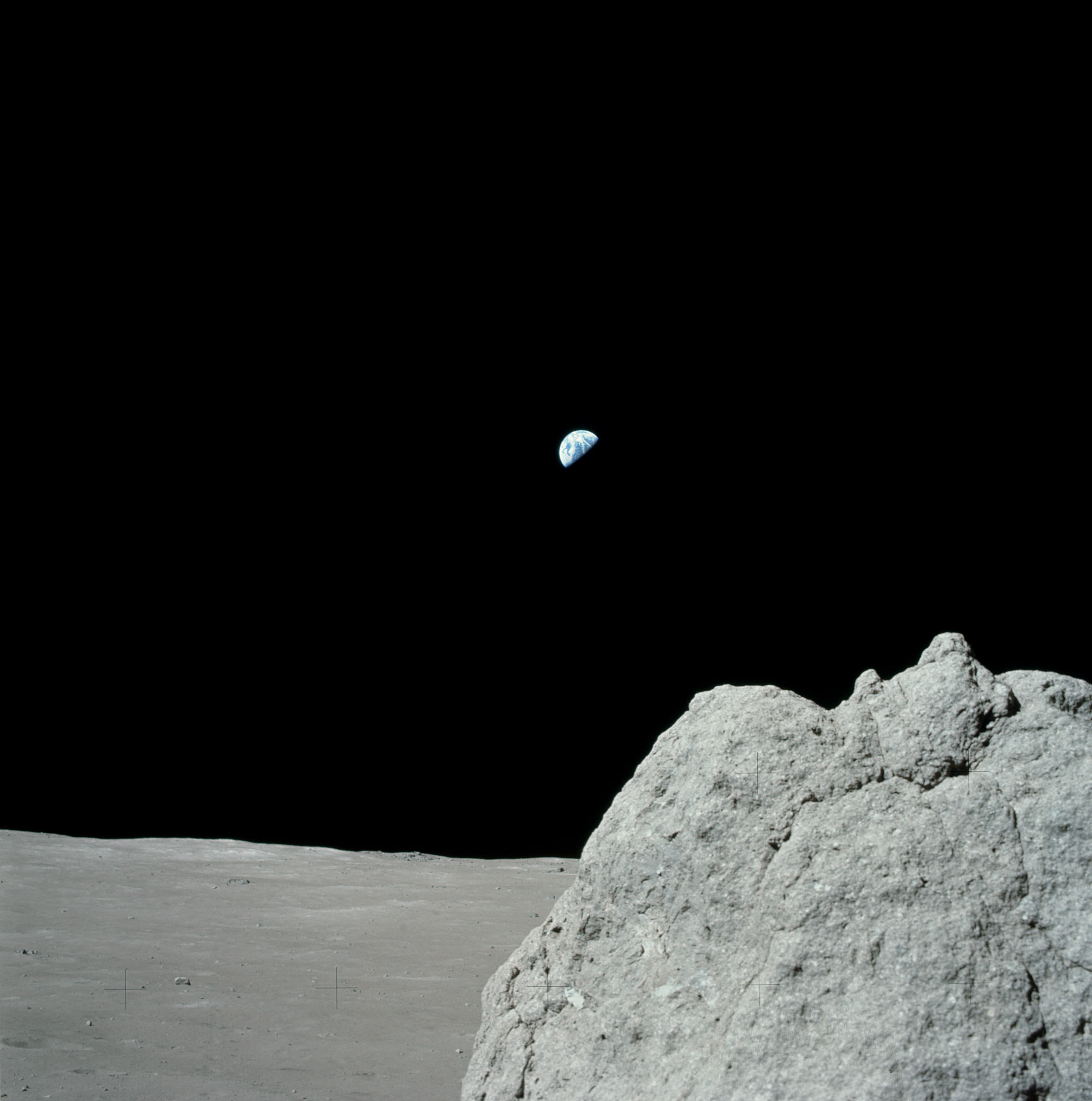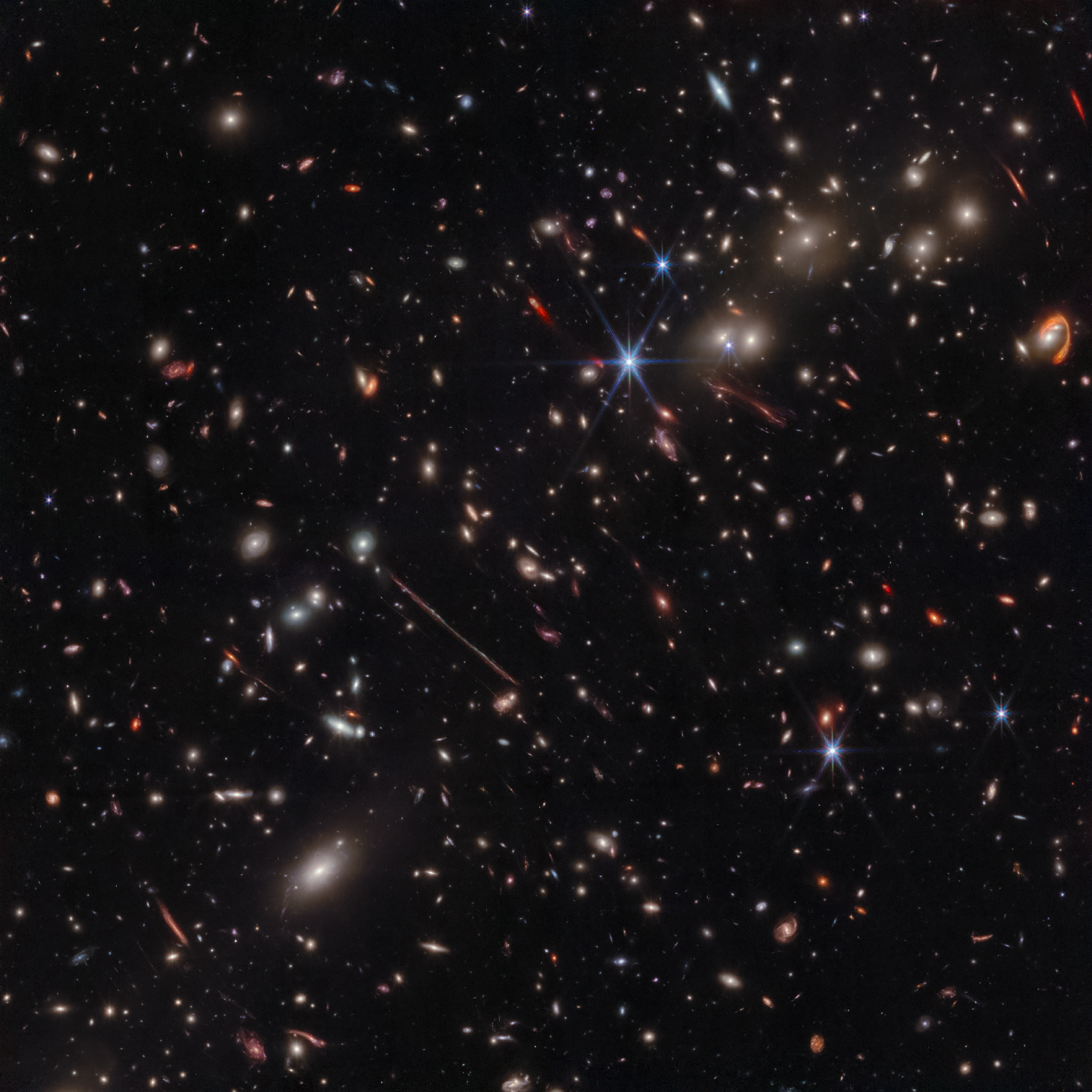Welcome to StarDate
Home of America’s longest-running national daily astronomy radio feature.
And so much more.
Stardate:
April 27, 2024Radio: Today’s Episode
Izar
The “most beautiful” stars
Premium Same-Day Audio Access lets you stream episodes of StarDate the same day they air.
Log in or subscribe now to listen!
Radio: Yesterday’s Episode
Sirius Disappears
The Dog Star gets ready to disappear
 /RSS Feed
/RSS Feed
Stargazing
Izar
Boštes is in the east as night falls. Look for its brightest star, yellow-orange Arcturus. The first noticeable star to the left of Arcturus is Izar. To the eye alone, it looks like a single point of light. A telescope reveals two stars; one is orange, the other blue.
Sirius Disappears
The brightest star in the night sky is getting ready to leave it for a while. Sirius, the Dog Star, is low in the southwest as night falls. Over the next few weeks it will sink deeper into the twilight then disappear from view.
Moon and Antares
Antares, the star that marks the bright orange heart of Scorpius, stands to the lower left of the Moon as they climb into good view tonight, after midnight. Antares will appear about the same distance to the upper right of the Moon tomorrow night.
Moon Phases
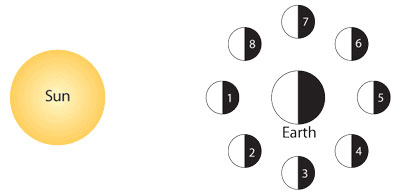
At the new Moon phase, the Moon is so close to the Sun in the sky that none of the side facing Earth is illuminated (position 1 in illustration). In other words, the Moon is between Earth and Sun. At first quarter, the half-lit Moon is highest in the sky at sunset, then sets about six hours later (3). At full Moon, the Moon is behind Earth in space with respect to the Sun. As the Sun sets, the Moon rises with the side that faces Earth fully exposed to sunlight (5).
Today’s Sponsor
Stardate Magazine
Current Issue: MaY/JUNE 2024
The Return of IGRINS
by Emily Howard
This issue highlights the return of an instrument that studies the infrared universe, and after a decade, it’s about to come home to the McDonald Observatory in Texas. We’ll also have all the latest astronomy news, a comprehensive two-month stargazing guide for the months of May and June, detailed skycharts, and answers to your astronomy questions from our science guru Merlin.
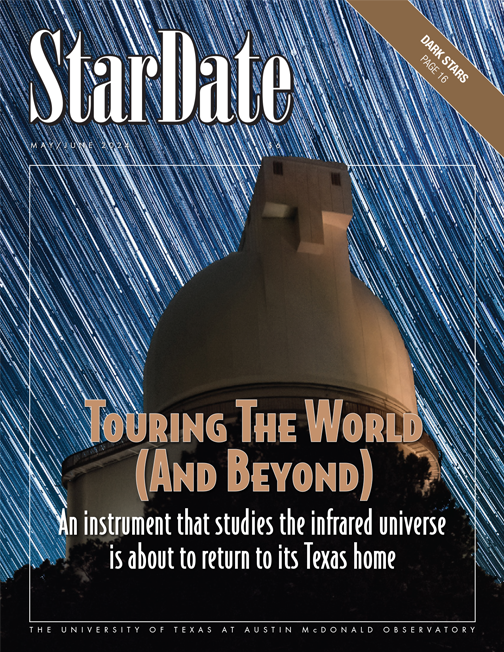
Shop
Combos – Bundle and Save
Popular
Explore
Featured Images
Fun Factoid
More fun facts in our Astro Field Guide!
Star Teachers
Stars and Galaxies
Galaxies contain billions of stars. Do galaxies collide? Do the stars within them collide?


